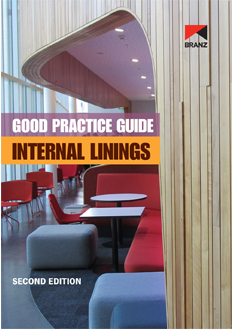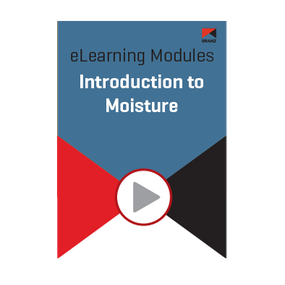
Good Practice Guide: Internal linings (2nd edition)
Product Description
Specifying and fixing internal linings demands a high degree of skill to ensure that the finished installation will perform in the environment the internal linings are installed in and meet the end user's expectations. There is a wide range of internal lining materials available, and there is often a gap between what is expected of particular lining materials and what is achievable given the construction methods being used.
This guide covers most current wall and ceiling lining applications including lining selection, support systems and fixings. It sets out the requirements and installation processes for all aspects of lining installtion so that realistic finish quality levels can be set and the completed installation achieves the expected quality level. It does not cover the selection and installation of suspended ceiling systems.
The audience is designers and specifiers, builders, partition installers, lining installers, stopping contractors, building officials, building owners and students of design and construction.
Disclaimer: Please note that our publications reflect the regulations and best practices on the date of release, which is shown on the publication. As regulations and industry standards evolve, we always recommend that our publications be read in conjunction with the latest building code clauses and standards.
| Publication date | 1 May 2017 |
|---|---|
| Author | Alide Elkink |
| Product type | Book |
| Availability | Available |
| Product code | BK190 |
Products you recently viewed
Module: Introduction to moisture
Moisture can make its way into a house in a range of ways - exterior, interior, ground and construction. This module focuses on the effects of moisture on houses and the people who live in them.
Topics covered in this self-paced module:
- Where does it come from?
- Why is it important?
- In the past
- Library of useful material
Gain 100% in the test at the end of the module, and you'll receive a record of your completion that can be submitted as part of your CPD activity log.
